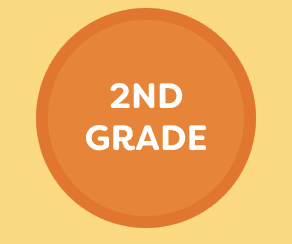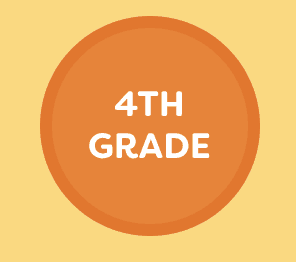Lesson plans. The workhorses of every school day. They allow you to use your time efficiently, focus student attention, create cohesion as learning advances, and even keep substitute teachers on track when you can’t be in your classroom.
Problem is, they’re not always easy to create. You need time. Imagination. Inspiration. All elements that tend to fade in the rush and bustle of a busy school day. Not to worry. If you’re struggling with writing more efficient lesson plans, below are five simple tips that can help.
- Know where you’re headed. Take your cue from writers struggling with writer’s block. Sometimes the reason they can’t write is that they haven’t clearly defined what they’re trying to communicate. Before you even start planning lessons, make sure you have clear, concise, achievable objectives in mind. Do a little free-form brainstorming, jotting down the main objectives of the lesson you’re trying to create. Is it to introduce a new concept? Is it a review? Is it phonemic awareness? What goals do you want your students to reach? With clear objectives in mind, fleshing out the lesson plan will be easier.
- Focus on the basics. The best lesson plans allow for flexibility. Which we know is absolutely necessary for elementary school! Consider leaving space to follow your students’ changing interests and passions. That’s good news! It means lesson plans do not have to be outlined down to the last detail. The best lesson plans, it turns out, are the no-frills kind. Focus on the basics of the information you’re trying to impart, or the project your students will be completing. Then, trust that your students (and you!) will be able to expand on those ideas when you’re teaching.

- Prioritize your time. Knowing how important good lesson plans are, you may be devoting more and more time to creating them. Maybe too much time. Set reasonable limits on your efforts. Schedule a few hours a week for the task, when you have uninterrupted time and you know you can focus. Define specific goals — specific foundational skills, or number sense, for example — but stick to your time limit. When time’s up, lay your lessons down. Knowing what you’re trying to achieve and how much time you have to do it can make the task easier.
- Remember you’re not alone. Often, teachers work in isolation. Plan for a day each week to get together as a grade level team. If every teacher plans for one area, your time will be efficient and well -spent. Or, if that’s not possible, make a pact with your peers to make a copy of a couple of lesson ideas each week to put in each other’s boxes. Utilize the great resources around you. You could even add a social aspect to it — with snacks and conversation thrown in — by organizing a monthly “lesson plan swap” with other teachers at your school.
- Cut yourself some slack. We all need a little help now and then. As important as lesson plans are to the smooth functioning of your classroom, as a teacher, you know there are dozens of other vital tasks requiring your attention: Testing. Classroom management. Nutrition breaks. Teaching! Consider supplementing your lesson plan library with CCSS-based lesson plans, like those provided by Daybreak Lesson Plans. These lesson plans can be used to fill a gap in your schedule; give you a starting place for developing your lesson plans; or when you need a few quick lesson plans for the substitute teacher who will be in charge of your class when you’re gone for the day.





